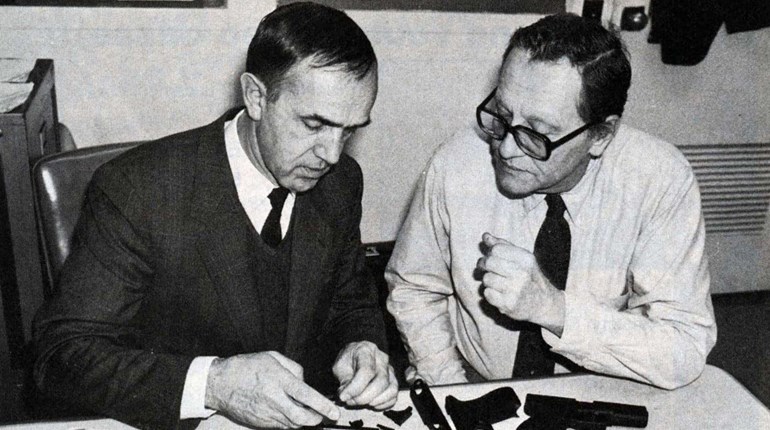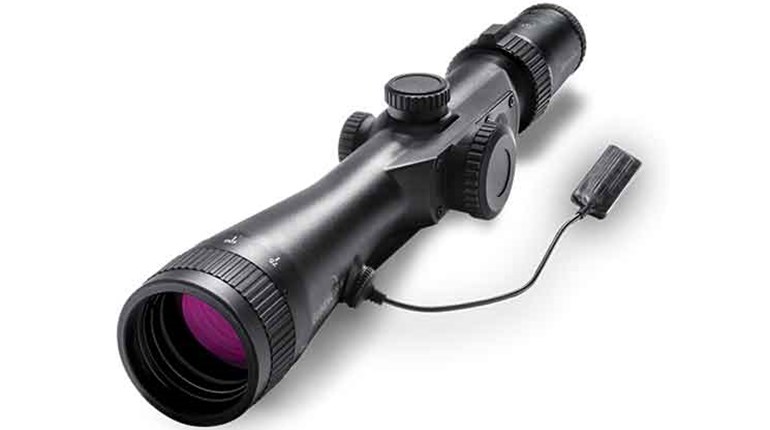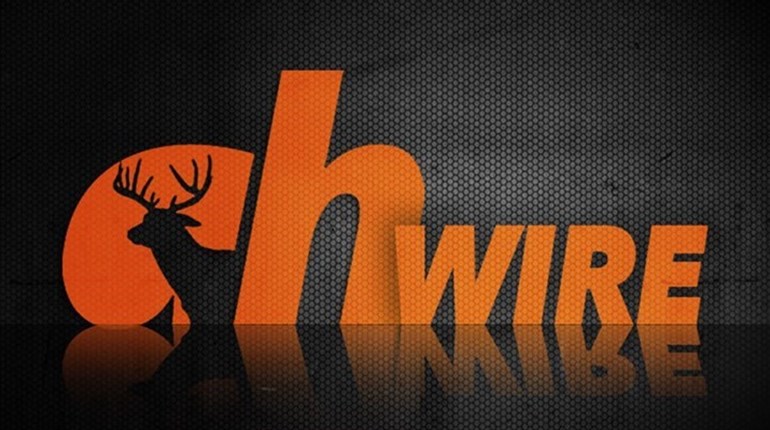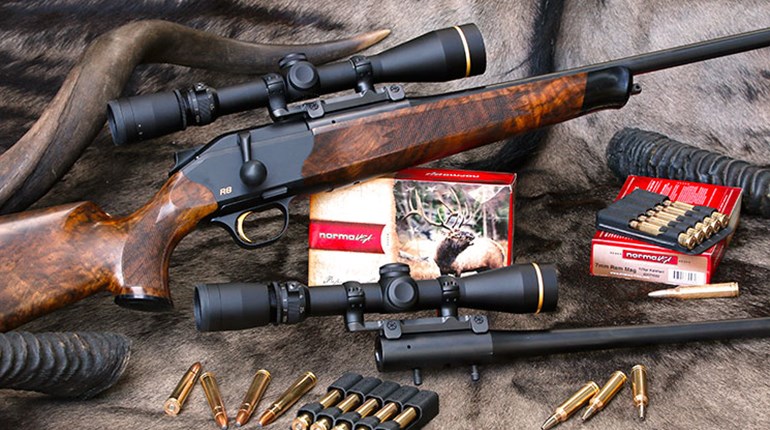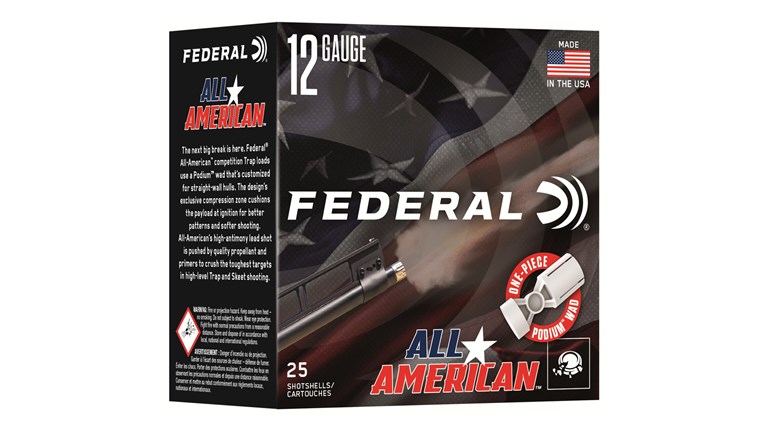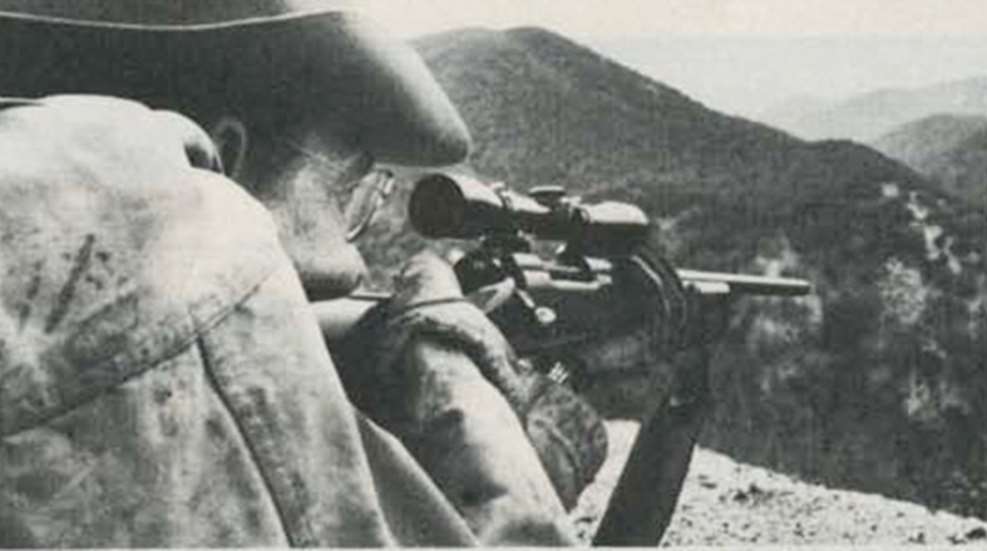
November 1980—American Rifleman
In 1935, the first Model 70 rifles began to emerge from the Winchester workrooms. Nineteen guns were produced in that year, though they did not leave the factory. In 1936, the first production guns (reaching Serial No. 2,238) were warehoused, and the Model 54 was, to all intents and purposes, a thing of the past, though it formed the basis for the new rifle. In 1937, deliveries were made to the trade.
Model 54 features that were continued in the Model 70 included the Springfield-type coned barrel breech and non-rotating extractor, dual front locking lugs, and receiver-mounted ejector. The machined receiver itself was originally about the same as that of its predecessor, including the double radiused form of the rear tang, which was restyled in 1947 to a simpler shape that eliminated the stock splitting which had occurred earlier.
Repositioning the front guard screw allowed better bedding and resulted in better potential accuracy. The action of the Model 70, then, was superior to but not much different than the Model 54. Barrels and stocks were basically unchanged, but the following six points turned Winchester’s bolt-action rifle from an adequate competitor in the field to what has been called the finest production bolt-action ever made; (1) a gas port was added to the right side of the receiver ring, thus decreasing the chance of gas escaping from a punctured primer from traveling back through the receiver and striking the shooter’s eye; (2) the military-type safety was abandoned in favor of a bolt-sleeve safety which worked on a horizontal plane and made the mounting of a telescopic sight far easier and more practical; (3) the stamped, one-piece trigger guard/floorplate was replaced with a new assembly, including a hinged floorplate with plunger release; (4) the bolt sleeve itself was given a more attractive contour, made possible by the new safety; (5) a receiver-mounted bolt stop, separated from the trigger mechanism, enabled the latter to be greatly improved and removed one of the major deficiencies of the Model 54; (6) last, and best, the new trigger mechanism, relieved of its necessity of supporting the bolt stop, was adjustable for weight of pull and overtravel and was, to a great degree, responsible for the many competition records which the Model 70 took and held.
From its official introduction in 1937 until 1964, the Model 70 underwent many cosmetic and mechanical changes. Most significant was the change from a spatulate thumbpiece safety, which entered the field of vision when in safe position and extended straight back along the line of sight when in firing position, to a transitional and finally a perfected thumbpiece. The final and transitional safeties were far more convenient to use than the original type and were well suited to scope use. Both operated entirely on the right side of a streamlined bolt sleeve.
During this period the Model 70 was made in 17 regularly cataloged calibers (plus .300 Savage, made but not cataloged, in 1941 and 1945), ranging from .22 Hornet to .458 Win. Mag., in 14 versions (see chart), and in six barrel lengths. Bull gun barrels were all 28” long; the 26” barrel was standard on the Varmint, the Westerner, and on rifles chambered for the .300 H&H Magnum and the .220 Swift cartridges; the Africans and Alaskans had 25” barrels, as did most .375 H&H rifles after 1937; 24” was the most common length; featherweights had 22” barrels, and one version of the standard rifle was available with 20” barrel but was discontinued sometime in 1947. According to Winchester production records, which are reproduced on the accompanying chart, the last Model 70 made in 1963 bore Serial No. 581,471.
As is the case with most Winchester rifles, factory-original Model 70s exist that did not appear in Winchester literature of the day. Sniper’s Match Rifles have been reported—most with Model 54 barrels; odd chamberings and stocks and barrels made to special dimensions were turned out in some quantity by the Winchester Custom Shop, and at least one Model 70 Musket (actually a Model 54 altered to Model 70 Specifications) exists. The accompanying chart shows only those models and calibers regularly listed. Many readers will note the absence of the so-called Model 70 Carbine. Winchester did not use this term but referred to the gun as “Standard Grade-20 Inch Barrel.”
Some chamberings such as 9 mm and 7.65 mm Mauser may have been regularly offered as export items in the early years but did not appear in U.S. price lists. Their existence (most with Model 54 barrels) is known but their numbers are few.
To say that the Model 70 rifle was a popular gun for Winchester would be a gross understatement. Its production and sale in several individual years approached that of the entire 12-year span of the Model 54. Its popularity was not limited to the United States alone, for the value of the Model 70 was and is appreciated in South America, Asia, African and even, surprisingly, in the heartland of the Mauser—Europe.
After World War II, Winchester’s position with the Model 70 in the market was, it would appear, an excellent once. Winchester had the name, it had the gun, and it had the customers. By the mid-1950’s, however, the company realized it also had a seemingly insurmountable problem. New methods of manufacturing firearms had been developed, and new guns produced by other factories here and elsewhere made the Model 70 a manufacturing anachronism.
Winchester wanted to keep the Model 70 at a price that was affordable to the average hunter for two reasons: first, to compete successfully in volume in the marketplace, and second, to keep the Model 70’s reputation as “The Rifleman’s Rifle,” not a premium-priced, special-order gun that would be used only by the affluent.
As the numbers and quality of newly designed and made U.S. and foreign guns increased, Winchester began to first lose profits and then lose money on the Model 70 as its production costs rose. The traditional methods of manufacture were obsolescent, and Winchester looked at new solutions to manufacturing what had ceased to be a profitable line. The fabled Model 70 had become a costly millstone around its corporate neck.
By 1964, Winchester’s plans for the “new Model 70” were complete and the old Model 70, like the Model 54, was soon to become a collector’s item. Unlike the 54, it is, however, still in great demand by hunters who compete with collectors for one whenever it can be found on the used guns shelves. What these hunters refuse to acknowledge is that the Model 70 as made today is technically as much of an improvement over the old Model 70 as that gun was over the Model 54.
Winchester sales officials must curse the day the old Model 70 was discontinued, or possibly the day it was introduced. Gun buyers are a funny lot, and it is probably that even if a 1938 vintage Model 70 were cloned today with a 1965 serial number, many nostalgic shooters would consider it less than perfect.












